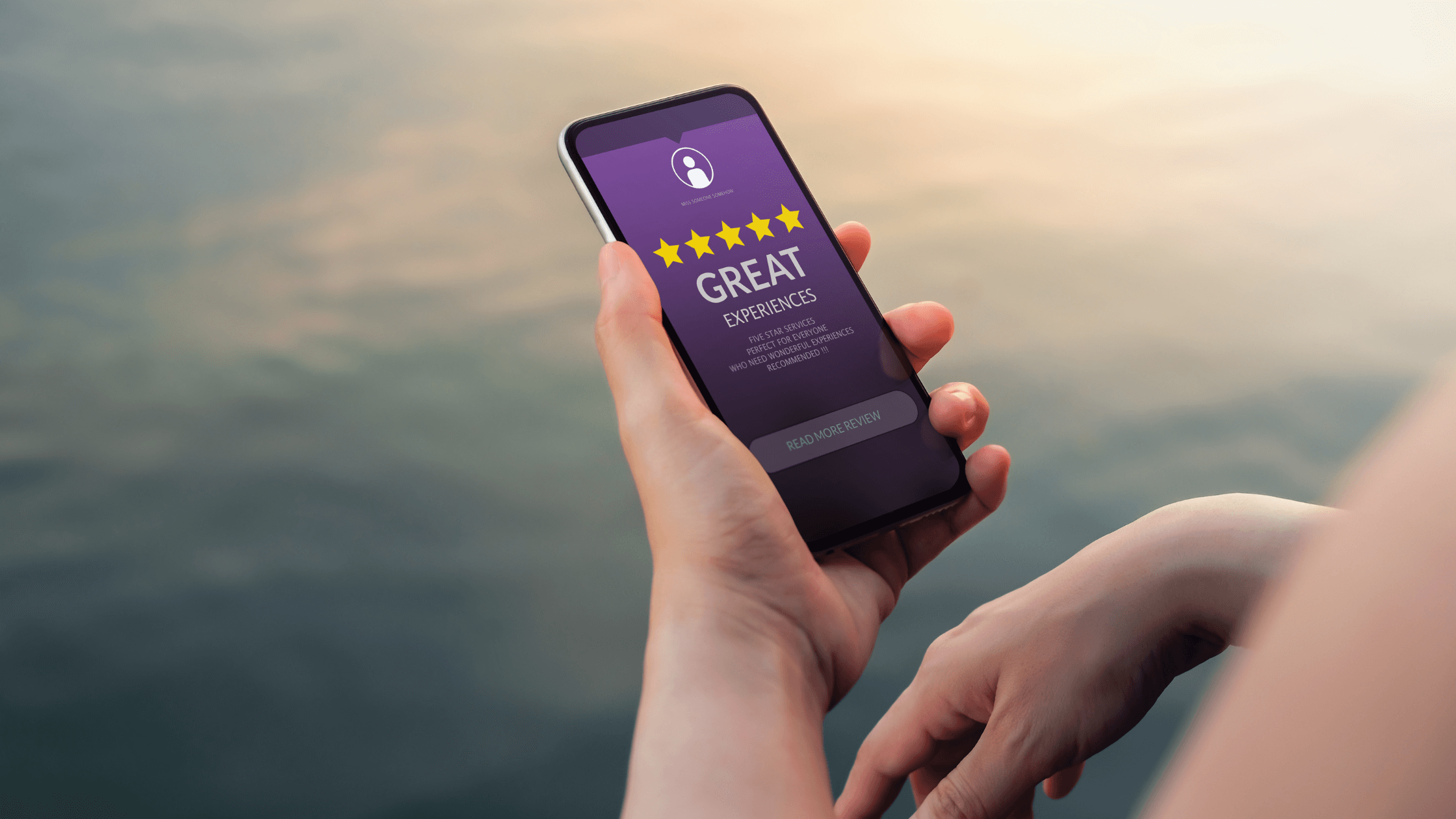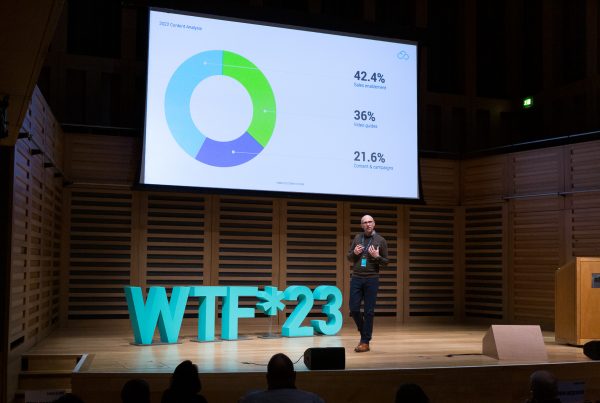The terms “customer service” and “customer experience” are often mistaken and used interchangeably, which causes a lot of confusion. While it’s true that these two areas are related, there are some key differences we’ll seek to demystify in this blog.
We’ll briefly define both, discuss their uniqueness, and by the end, you’ll have a clear understanding of not only how they work together, but how you can deliver great customer experiences.
What is Customer Service?
 Customer service can make or break your relationship with your customers. As we all know, customer service is the company’s support function for answering queries or resolving any product or service-related issues that customers may encounter. It’s also usually applied when there is an issue after a sale, and from the company’s perspective, it’s always reactive (which is why getting it right is so important).
Customer service can make or break your relationship with your customers. As we all know, customer service is the company’s support function for answering queries or resolving any product or service-related issues that customers may encounter. It’s also usually applied when there is an issue after a sale, and from the company’s perspective, it’s always reactive (which is why getting it right is so important).
While customer service typically involves human contact, with the advancement of artificial intelligence we’re now seeing more technology involved in delivering customer service. For example, companies are using AI chatbots to handle frequently asked questions or to route initial enquiries to specific agents based upon the nature of the question.
What is Customer Experience?
 Customer experience is taking all the interactions a customer has with your company, from an engagement with a piece of marketing material to an online query, a product demo or a webinar, and all the way through to sale, post-sale support, and account management, and managing that in a cohesive way that delights your customer. Put simply, customer experience is how you manage your customer’s journey with your company, and how well you do that plays a major role in retaining the customer and turning them into an advocate that leads to referrals and recommendations.
Customer experience is taking all the interactions a customer has with your company, from an engagement with a piece of marketing material to an online query, a product demo or a webinar, and all the way through to sale, post-sale support, and account management, and managing that in a cohesive way that delights your customer. Put simply, customer experience is how you manage your customer’s journey with your company, and how well you do that plays a major role in retaining the customer and turning them into an advocate that leads to referrals and recommendations.
But just how important is all of this – isn’t ‘customer experience’ just a marketing term? Put simply, no. There are numerous studies that provide a host of evidence that advocates the importance of customer experience. In fact, recent research conducted by PwC showed that 86% of buyers are prepared to spend more for a great customer experience.
Many companies turn to their CRM to answer the need for customer experience. It would seem the right place to start – used properly and optimised, a CRM should be at the heart of your business. Herein lies the first problem. Many companies treat their CRM simply as a digital roller deck (remember those) of customer contact information. The second problem is that to support a customer, you’re typically using more than just your CRM. You might use a ticketing platform like Zendesk, mailboxes to communicate pricing or share documents, you’ll use the phone (probably more than anything else), and email platforms like MailChimp to communicate offers or monthly customer newsletters, the list goes on. To deliver a great customer experience, you need to be able to start bringing these different interaction points together.
So, what’s the difference?
The easiest way is to look at it like this – customer service is a single event (or single type of interaction) in the customer journey, and is typically when a customer contacts you for help with something. Customer experience encompasses any and all pre-sales and post-sales interactions a customer has with your brand. Put another way, customer service is one of many elements of customer experience.
How can I create customer experiences?
 As we’ve discussed, the cornerstone of delivering a great customer experience is bringing customer interaction points together to deliver a service level that from the outside appears effortless. You can do this by relying on an omnichannel platform. In the eyes of your customer, you need to be well informed on the relationship they have with you, what they buy, their history with you in terms of the conversations they’ve had both pre and post-sale, and more. If you created a wish list of what it takes to deliver a great customer experience, it would look something like this:
As we’ve discussed, the cornerstone of delivering a great customer experience is bringing customer interaction points together to deliver a service level that from the outside appears effortless. You can do this by relying on an omnichannel platform. In the eyes of your customer, you need to be well informed on the relationship they have with you, what they buy, their history with you in terms of the conversations they’ve had both pre and post-sale, and more. If you created a wish list of what it takes to deliver a great customer experience, it would look something like this:
-
Centralise social channels, SMS, email, and phone calls, with every customer interaction logged in one easily accessible place.
-
Access conversation history to have a complete view of all past customer interactions.
-
Integration with CRM, chatbots and other tools to provide faster and more accurate responses to customers
-
Intelligent routing that delivers messages and calls to the right departments based on the contact method they used and the nature of their query.
-
Access to customer-centric data, such as payment information, shipping details, and support tickets.



